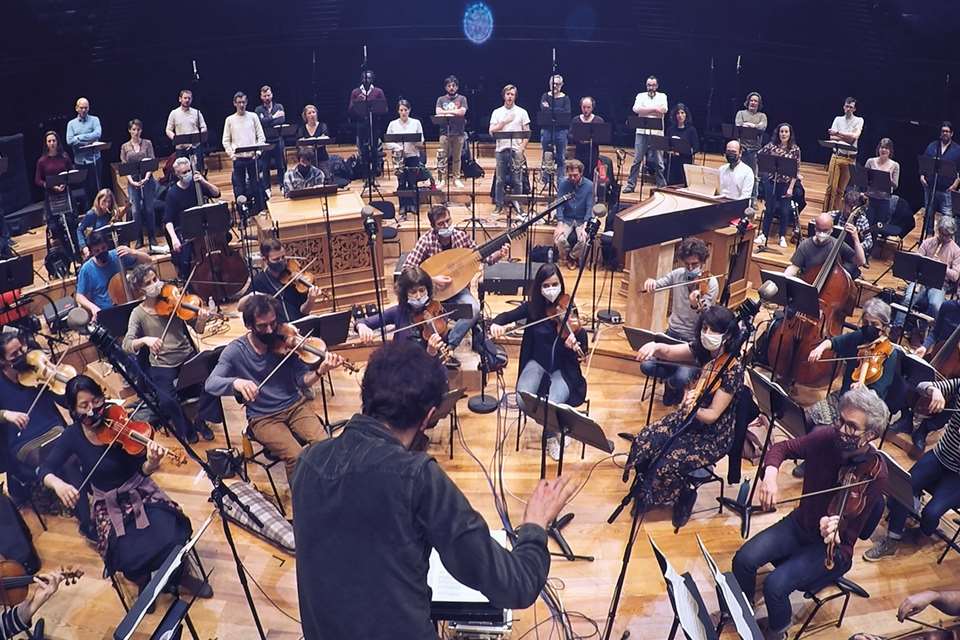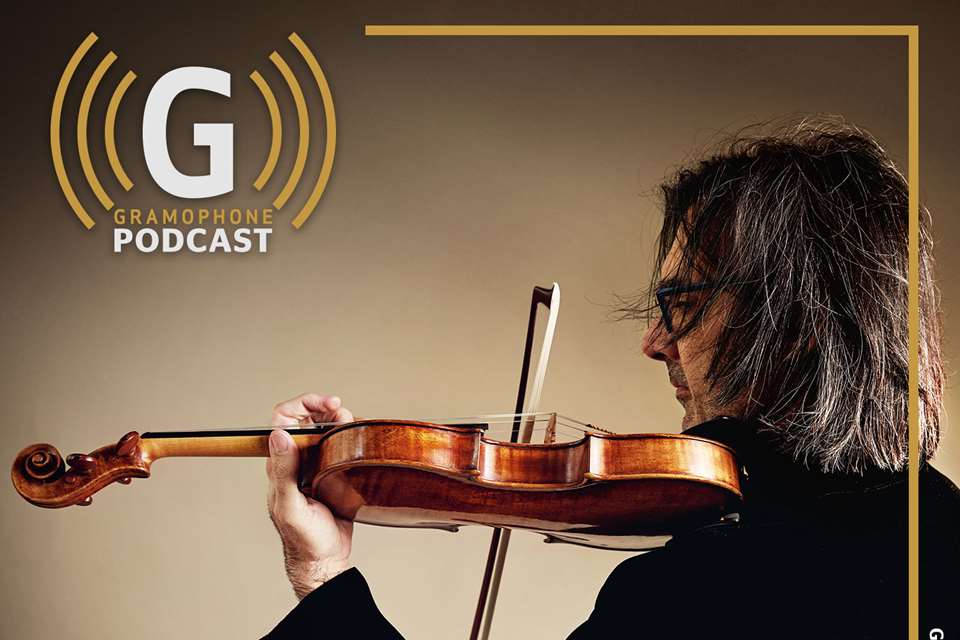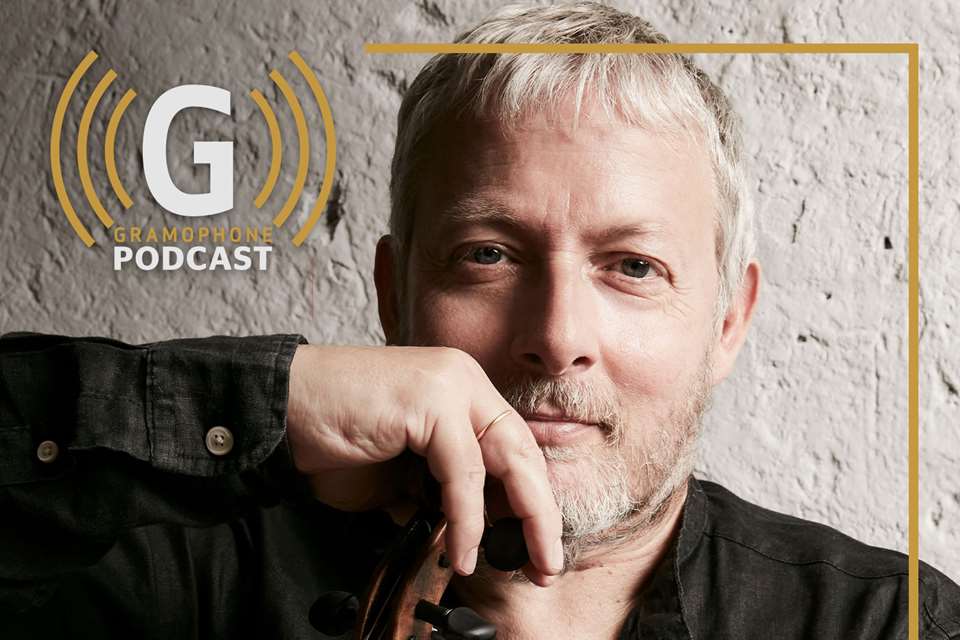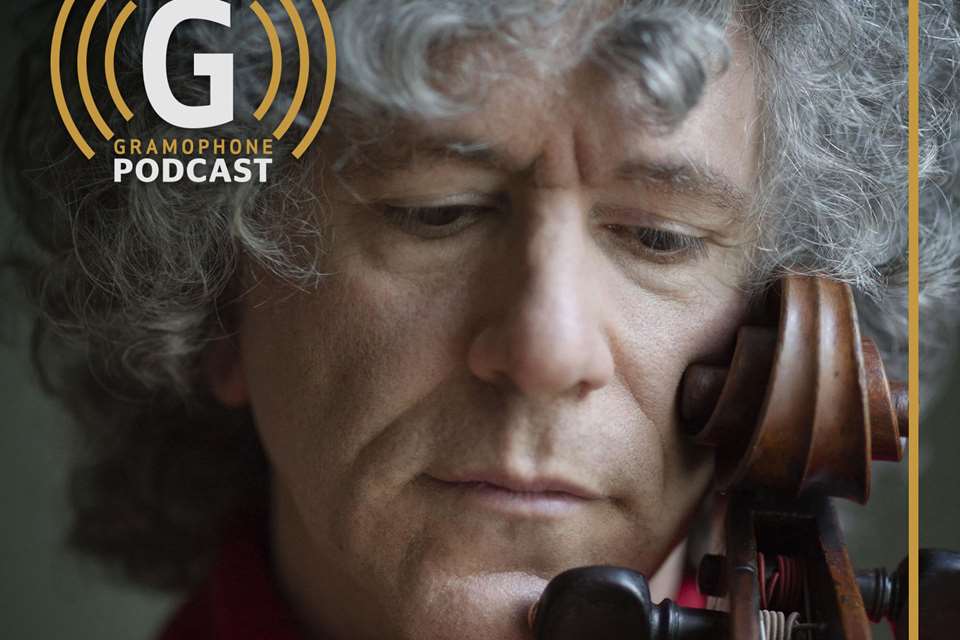‘I’d never made enough time to go into this world of solo Bach… In lockdown, I jumped into the ice-cold water!’ | Frank Peter Zimmermann interview
Lindsay Kemp
Wednesday, April 6, 2022
Lockdown finally gave Frank Peter Zimmermann the space he required to tackle Bach’s Solo Sonatas and Partitas for BIS but, as the German violinist reveals to Lindsay Kemp, he continues to harbour doubts about recording the second and final Volume
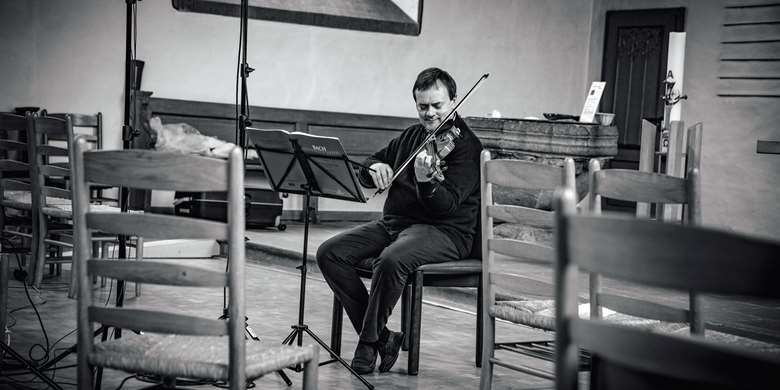
Register now to continue reading
Thanks for exploring the Gramophone website. Sign up for a free account today to enjoy the following benefits:
- Free access to 3 subscriber-only articles per month
- Unlimited access to our news, podcasts and awards pages
- Free weekly email newsletter




